Things you need to know about 2D animation workflow
If you want to enter the animation industry, it is essential to understand the animation workflow. Let’s start the topic with the 2D animation workflow. The process is divided into three production stages: Pre-animation design, Mid-production, and Post-composition.
Pre-production
Design
Typically, character design and scene design sketches are ready to proceed when the script is completed and approved. The split-screen can only begin when there are at least important character and scene design sketches that have been approved by the director before the split screen can begin production.
In the 2D animation workflow, if the project time is tight, the director is preferred to sketch the design directly. If the project cycle is sufficient, it is better to start the production of sub-screening after all the important character and scene designs are completed, so that the accuracy of the sub-screening drawing will be higher.
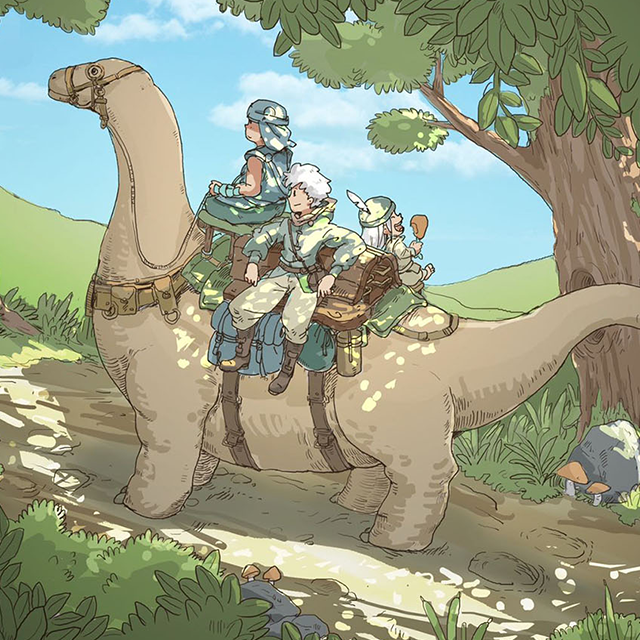
For the prop design, generally in the scene drawing will include most of the props. But for the important props, that is, interactive props, you need to come up with a separate design, detailed drawing of the details.
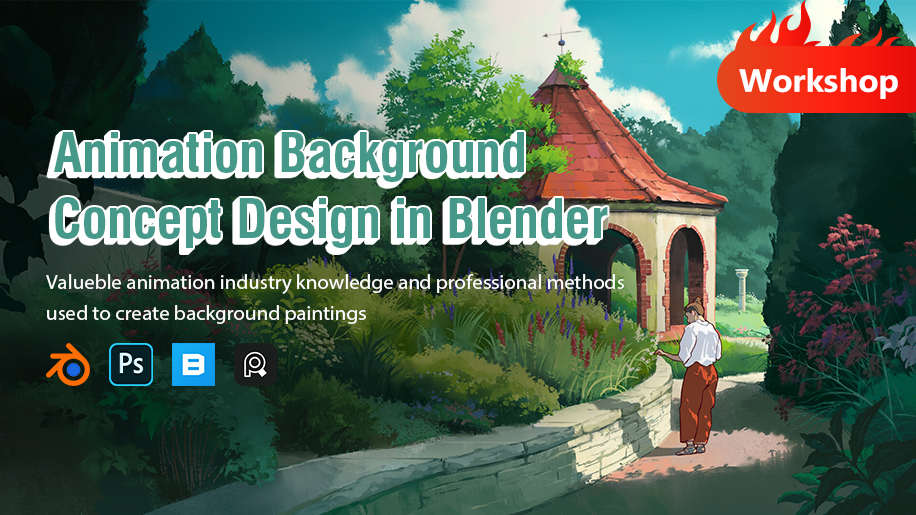
In 2D animation workflow, we will divide the sub-screening into static sub-screening and dynamic sub-screening. Static sub-screening requires the sub-screener to draw the key actions in the sub-screening software, which takes more time. In the dynamic sub-screening stage, the director or sub-screener’s pre-voice is usually added, and then composited in the relevant software, adding time points and exporting the dynamic version of the sub-screening. Dynamic sub-screening is an important reference in the animation production stage.
Mid-production
Backgrounds
This is an important part of the 2D animation workflow. Before the layout starts, 2D animation has one more important step than 3D animation, which is the drawing of the background. Due to the movement of the camera lens, the backgrounds designed in the first stage may be insufficient. Then the designer needs to draw the backgrounds.
This process is more tedious and monotonous than the preliminary design, the workload depends on the complexity of the background. The more complex the background, when the camera moves, the more workload for the background designer, so this part of the designer’s patience is a great test. You can refer to the information about the animation background here: Do you Know the Animation Background?
Layout
Layout is usually done by a dedicated Layout artist before the animation starts. Generally, companies need to have a dedicated Layout department. However, in 2D animation workflow, if the production is not too complex or the company is not large enough to have a dedicated Layout team, this part of the work can also be done by some animators or split-screeners.
Layout stage is an important part to determine the camera, scene position, character key frame action, and is an important guide for the animation production stage.
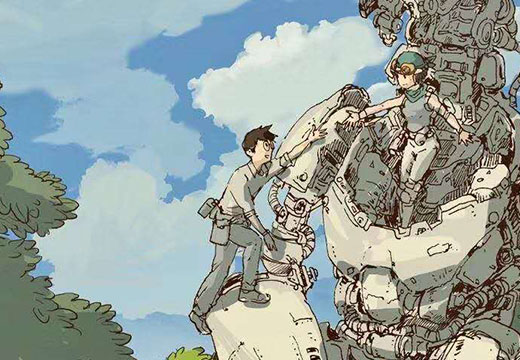
Rigging
In the past, 2D animated characters’ movements needed to be hand-drawn one by one, just like the comic books of old. Nowadays, with 2D software, characters and interactive props can be rigged in the software. Once rigged, the character and the interactive props can be rigged to move, which is very convenient. This part of the 2D animation workflow must be operated by a professional rigger.
Animation
After the rigger handles the needed rigging, the animator is ready to animate. After the animator handles all the performances, completes all the frames, and finally generates the animation video files, the animation producer can start the sound classwork and the preparation of the Post-production work.
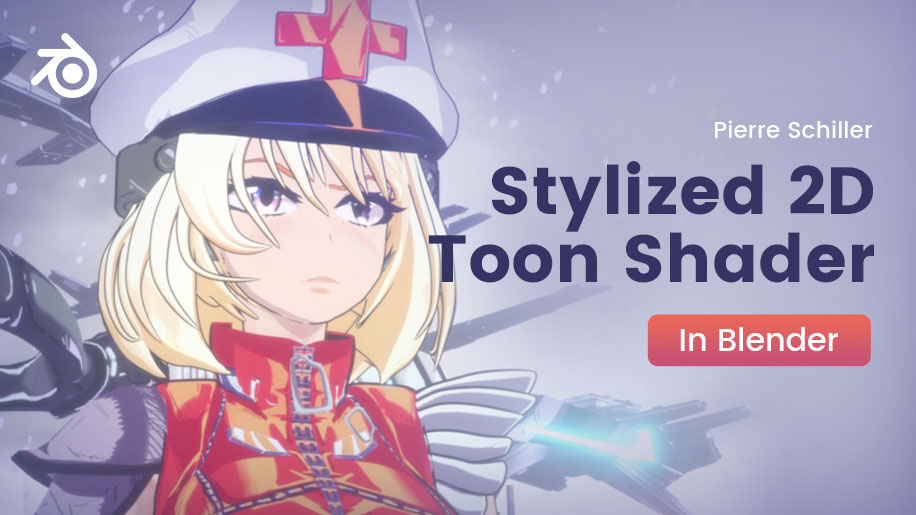
Post-production
Sound
Once the animation files are available, the animation producer needs to continue to arrange the post-production on the one hand, and start to arrange the sound work on the other. Strictly speaking, animation producers need to work with sound as early as the first or middle stage of the 2D animation workflow. In general, the sound work of animation projects is done by professional teams or individuals, and animation companies rarely have their own sound departments.
Coloring & Compositing
Before compositing, there is a step of coloring. This step is also done in the software, including coloring the lines of the screen, coloring the tones of the screen, and finishing the screen. In the synthesis stage of 2D animation, we need to add lighting effects and 2D special effects, such as light effects, wind, fire, etc. 2D animation effects are easier than 3D animation effects which can be done directly by the compositor.
Editing
Once the sound and compositing are complete, the final video editing can be done by the editor. The editor continues to add all the sound files including the title song, credits, and mix files to the composited animation files, as well as the subtitle files and lists designed in advance by the design team. Finally, the whole 2D animation workflow is done. When the file is output, so that we get a 2D animation finished film.
Well, the above is the introduction of 2D animation workflow. Of course, just knowing this information is not enough. You need to know more extensive and detailed knowledge to enter the animation industry, and Wingfox can help you to understand animation more deeply and faster.
If you want to know more about animation and information, come and follow Wingfox, which has many valuable animation tutorials.
Post a Comment
要发表评论,您必须先登录。
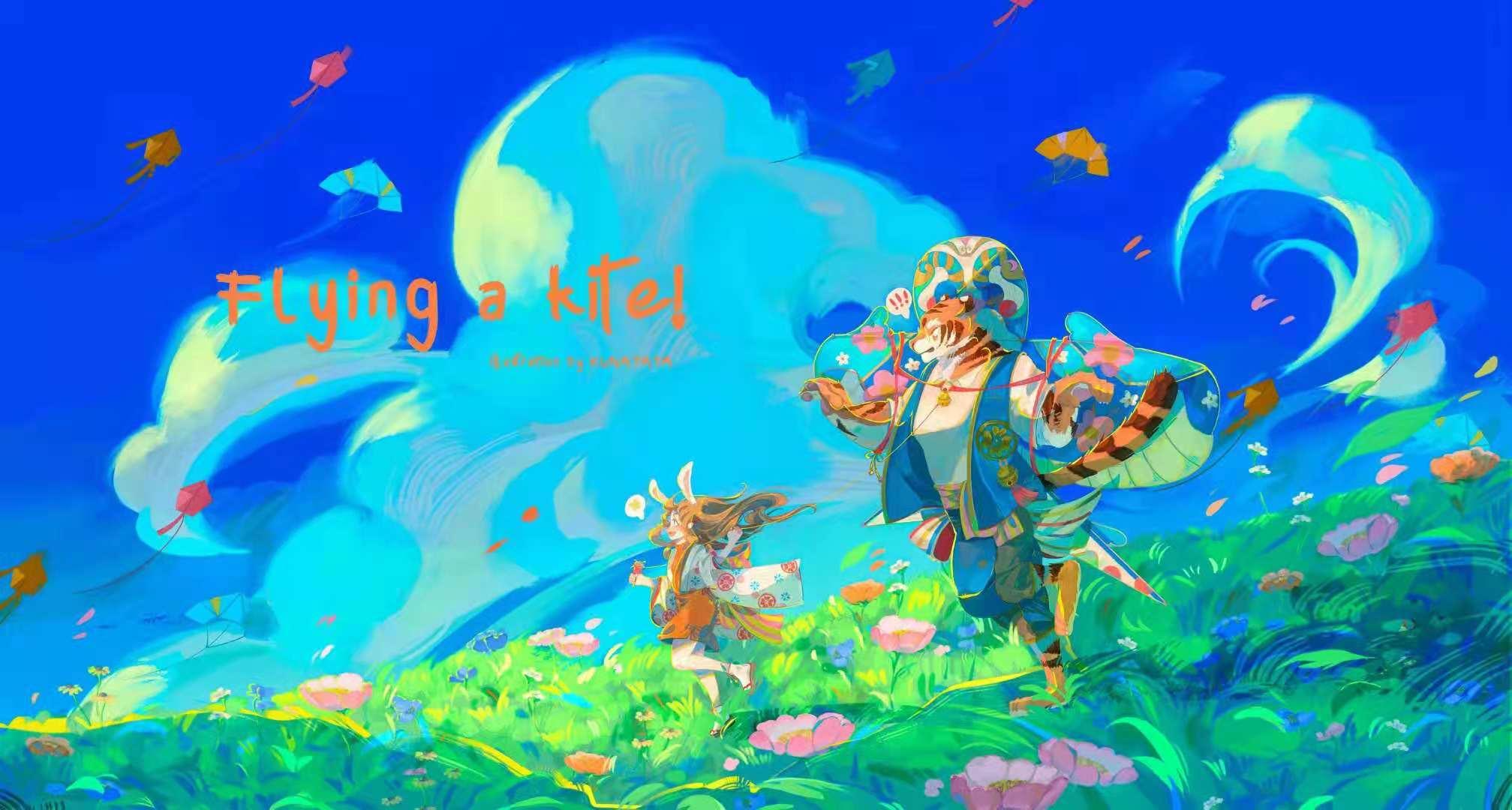









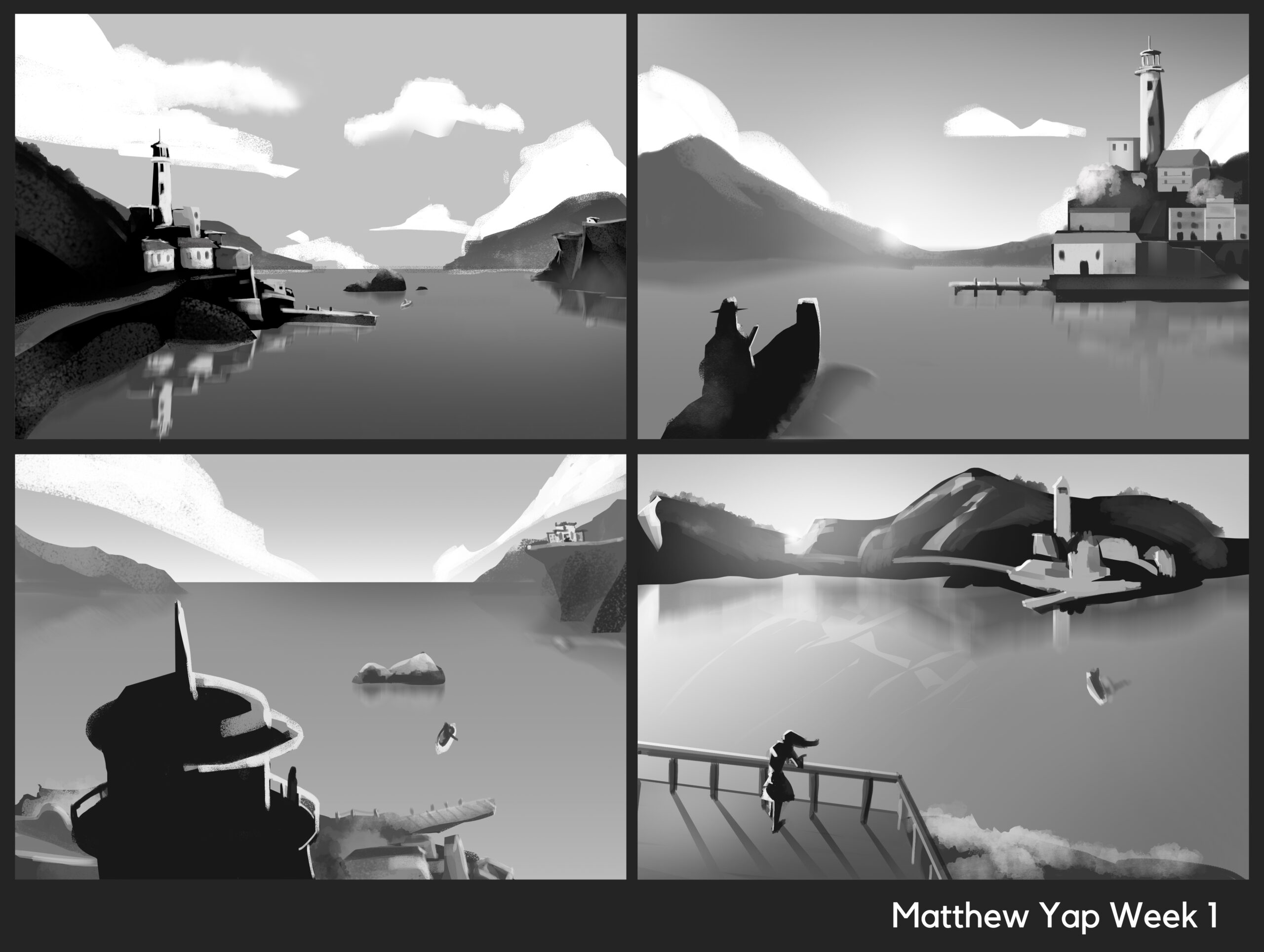
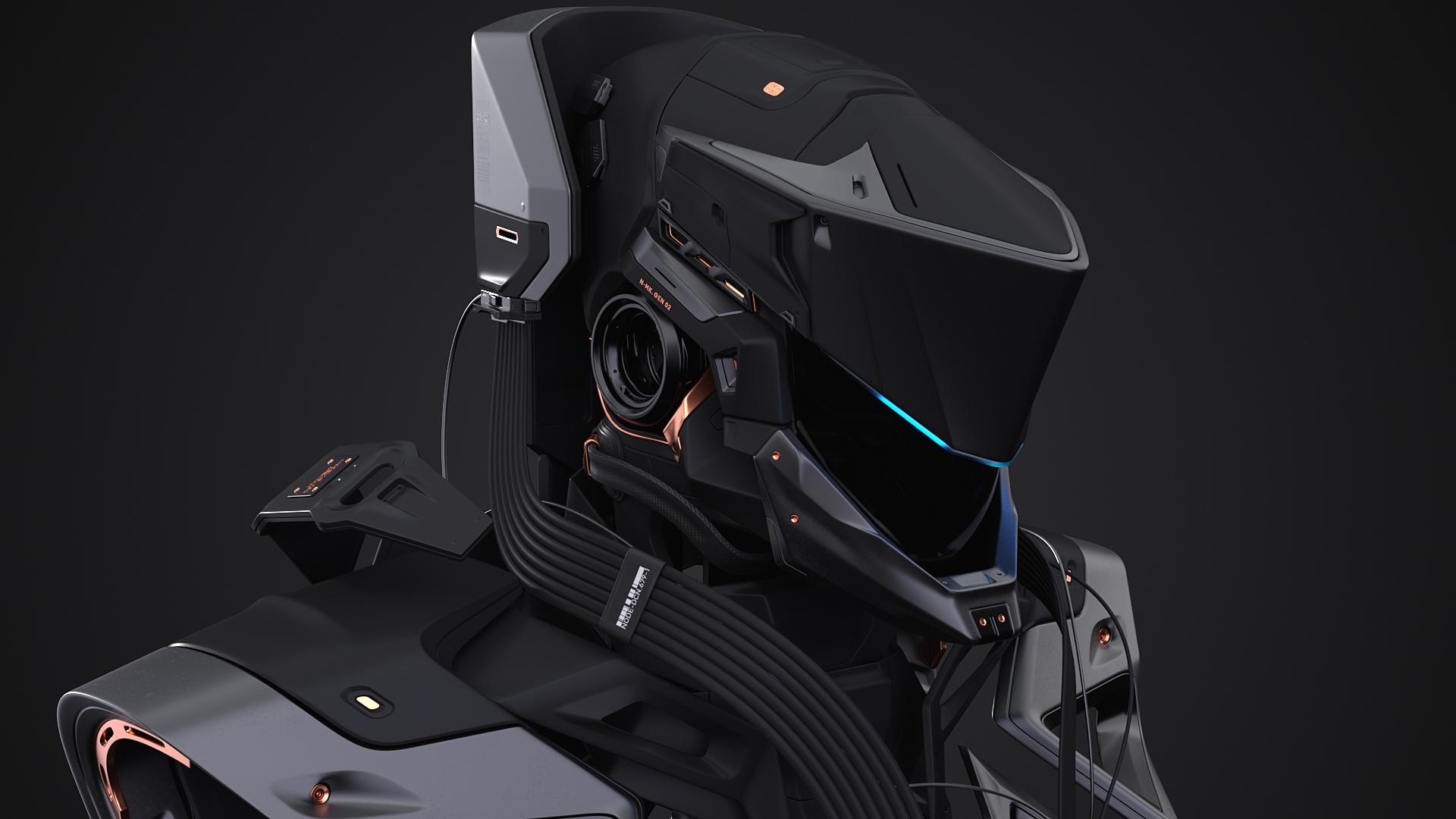
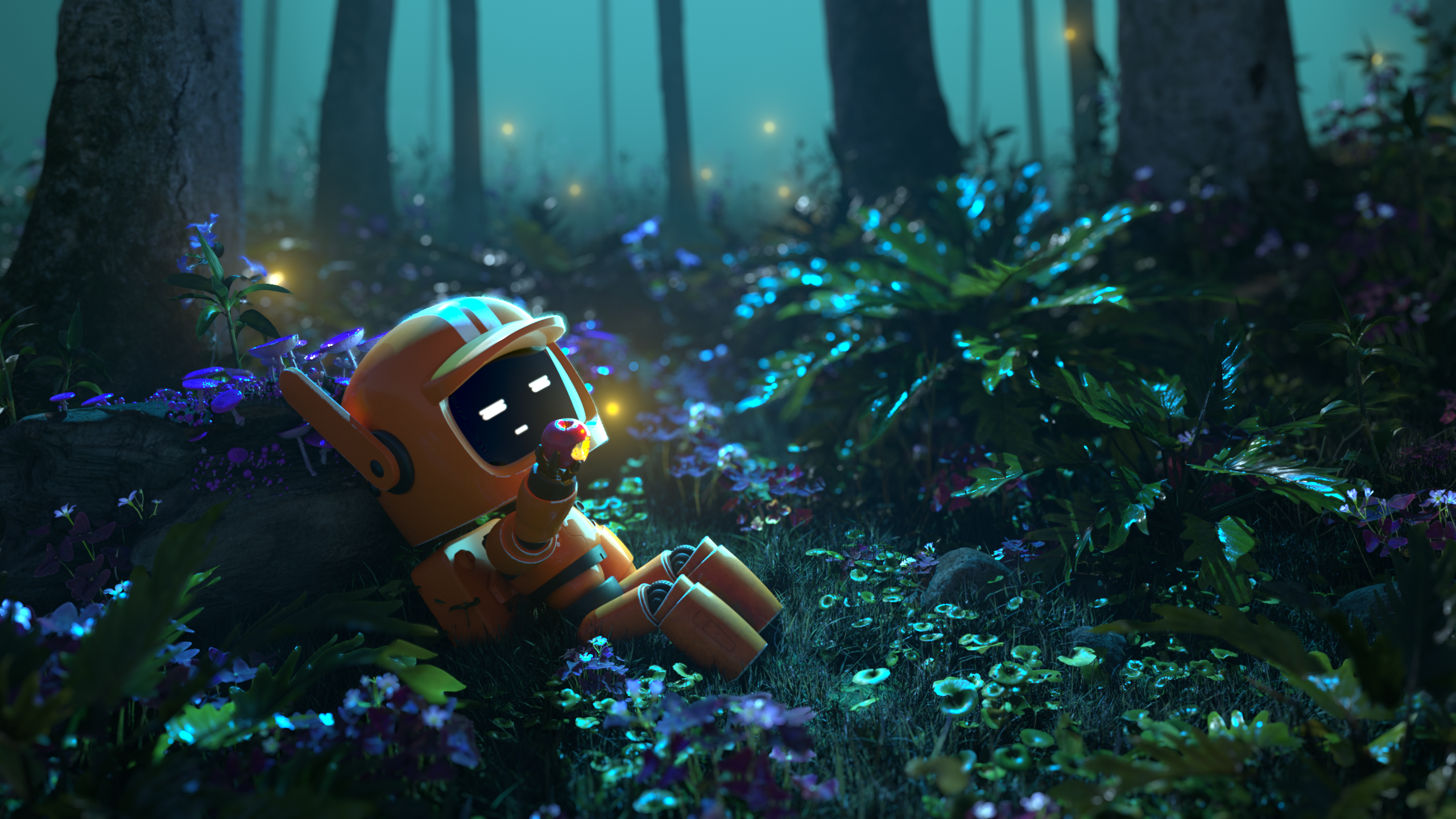
Pingback: WANNA BECOME A PROFESSIONAL ARTIST? - Wingfox
2022-01-19